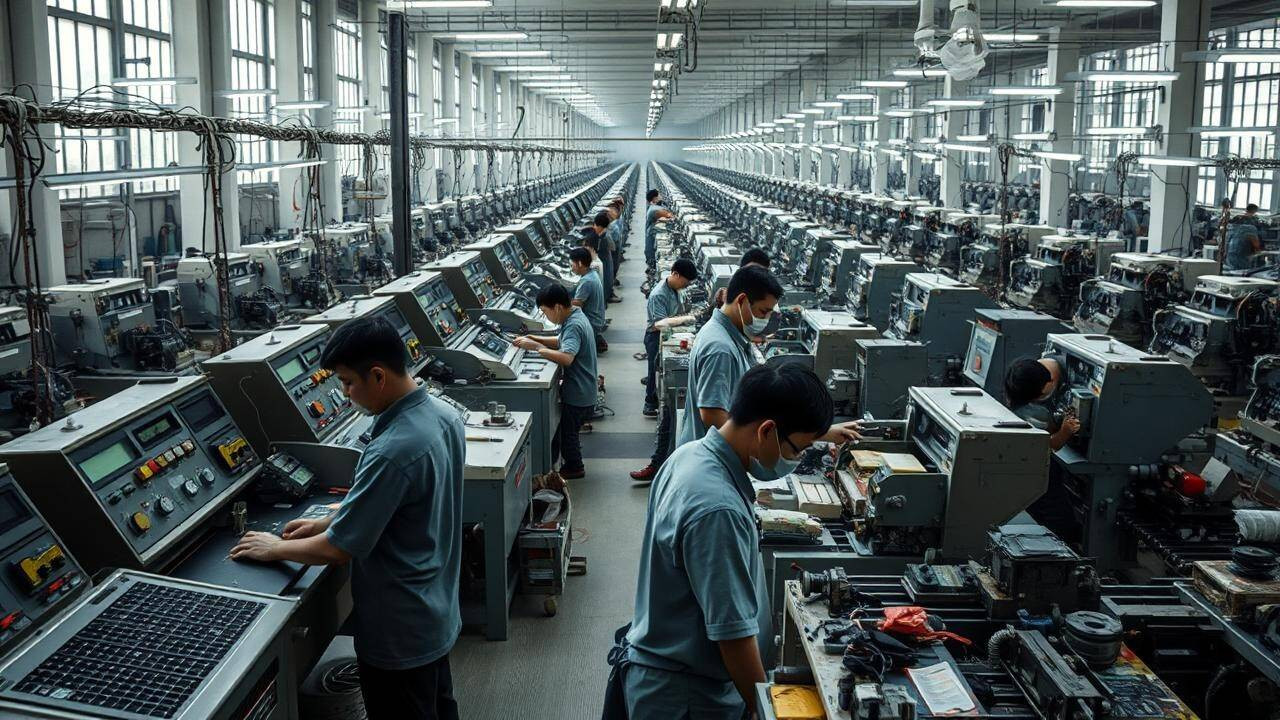India’s Kharif crop sowing surged by 11.3% year-on-year as of June 27, 2025, propelled by a strong southwest monsoon and 9% above-average rainfall. Pulses and rice acreage saw significant increases, while cotton and jute declined. Northwestern and Central regions experienced above-normal precipitation, boosting reservoir storage levels to 36% of capacity.
India’s Fields Flourish: Monsoon Fuels a Bumper Kharif Sowing Season
The scent of rain-soaked earth hangs heavy in the air, a fragrance that carries with it the promise of abundance. This year, that promise rings particularly true across India’s agricultural heartland. Recent reports paint a vibrant picture of the Kharif sowing season, revealing a significant surge in cultivated area thanks to a robust monsoon. Forget drought concerns; this year, it’s a story of growth and renewed hope for farmers and the national economy.
But what’s driving this agricultural upswing, and what does it mean for the months ahead?
Rice and Pulses Lead the Charge in Kharif Crops
The numbers speak for themselves. Compared to last year, the total sown area under Kharif crops has jumped by a staggering 11.3%. This isn’t just a marginal improvement; it’s a substantial leap, driven primarily by increased acreage dedicated to rice and pulses. These two staples of the Indian diet are experiencing a resurgence, promising improved food security and potentially lower prices for consumers. Farmers, encouraged by timely and ample rainfall, have embraced the opportunity to expand their cultivation.
Rice, the cornerstone of Indian cuisine, has seen a notable increase in sowing. Similarly, pulses, a crucial source of protein, are also enjoying a larger footprint across the country’s agricultural landscape. This positive trend is particularly significant considering the past challenges in ensuring adequate pulse production, often relying on imports to meet domestic demand. This year’s favorable conditions offer a chance to lessen that dependency.
A Monsoon Miracle: How Rainfall Shaped the Sowing Season
The role of the monsoon cannot be overstated. Its arrival, its intensity, and its distribution are all critical factors determining the success of the Kharif season. This year, the monsoon has been, for the most part, generous and well-distributed, providing the necessary moisture for sowing and early crop development.
The timing of the rains has been particularly beneficial. Early showers allowed farmers to prepare their fields and sow seeds promptly. The subsequent consistent rainfall has ensured healthy germination and robust growth. This eliminates the stress of delayed or erratic rainfall, which can devastate crops and livelihoods.

Beyond Rice and Pulses: A Broader Look at Kharif Sowing
While rice and pulses are the stars of this year’s Kharif season, other crops have also contributed to the overall positive trend. Oilseeds, coarse cereals like maize and millet, and cotton have also witnessed increased sowing in certain regions. This diversified growth across various crops suggests a healthy and resilient agricultural sector, capable of adapting to varying climatic conditions and market demands.
However, it’s essential to acknowledge that the picture isn’t uniformly rosy across the entire country. Some regions may have experienced localized variations in rainfall, impacting specific crops. Continuous monitoring and adaptive strategies are crucial to address these challenges and ensure equitable agricultural progress.
Impact on the Economy and Beyond
The implications of a successful Kharif season extend far beyond the fields. A strong agricultural output has a ripple effect across the entire economy, boosting rural incomes, increasing demand for goods and services, and contributing to overall GDP growth. It also plays a critical role in managing food inflation and ensuring price stability for essential commodities.
Moreover, a thriving agricultural sector fosters rural employment, reducing migration to urban areas and strengthening the social fabric of rural communities. The impact of a good harvest transcends mere economic gains; it contributes to the well-being and prosperity of millions of people. Consider the interconnectedness of India’s infrastructure and its reliance on agriculture, read more on infrastructure developments and agricultural impact for related insights.
Looking Ahead: Sustaining the Momentum
While the current outlook is optimistic, sustained efforts are needed to ensure that this positive momentum continues. Investing in irrigation infrastructure, promoting climate-resilient farming practices, and providing access to quality seeds and fertilizers are crucial steps to strengthen the agricultural sector’s resilience and productivity. Moreover, empowering farmers with knowledge and technology is essential to help them make informed decisions and adapt to changing market dynamics. The success of the Kharif sowing season is a testament to the resilience of Indian farmers and the importance of a favorable monsoon. By building on this foundation, India can pave the way for a more secure, prosperous, and sustainable agricultural future.






